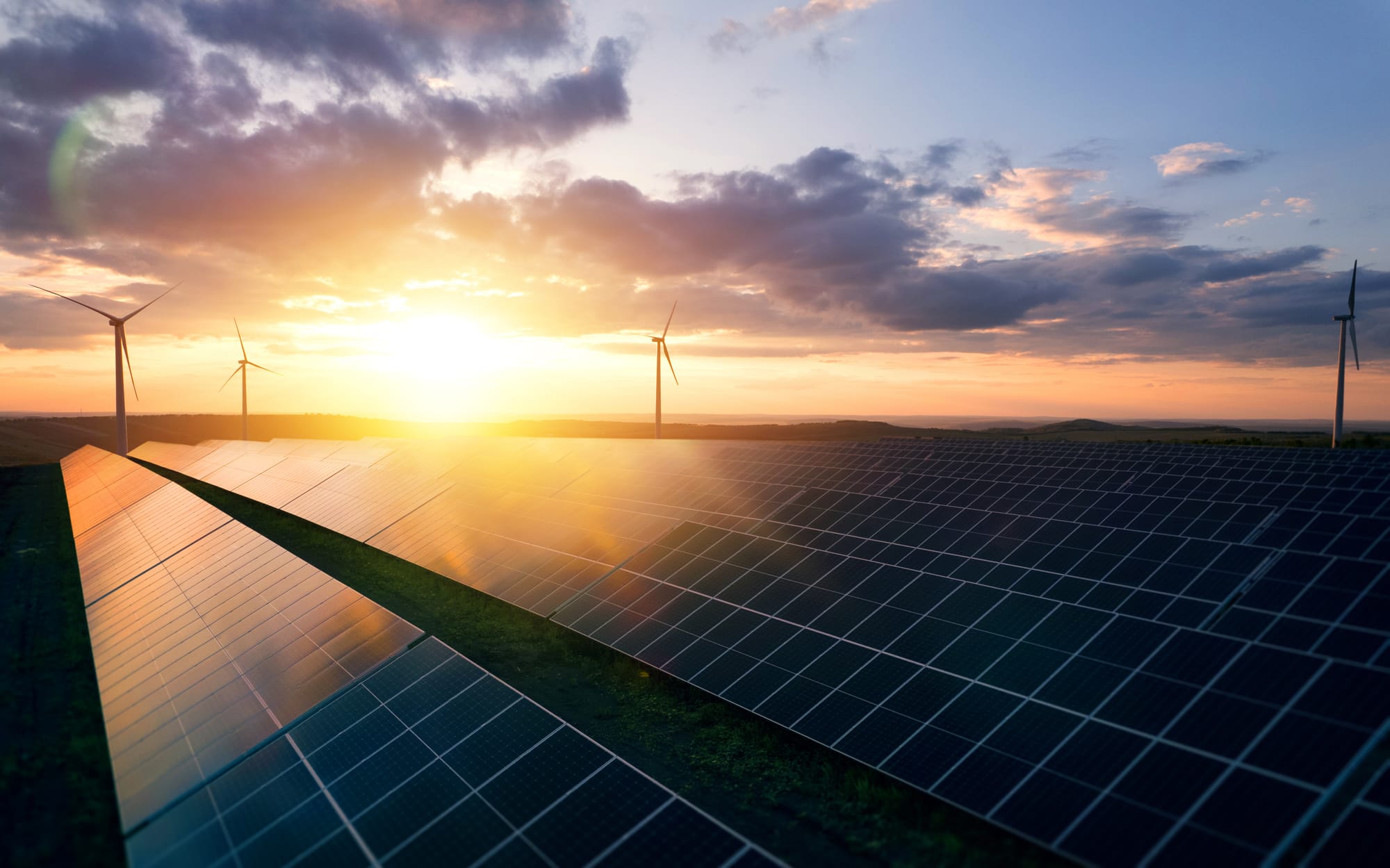Powering Finland: September 2025. A Modern Energy Mix Driving Carbon Neutral Growth

Introduction
Finland stands at the forefront of Europe’s energy transition. With its unique combination of stable nuclear and hydropower, alongside a rapidly expanding share of wind and solar, the country has built one of the most reliable and low-carbon electricity systems in the world.Electricity is more than just a necessity for Finland—it is the backbone of competitiveness, industrial growth, and climate leadership. From supporting heavy industry and advanced technology sectors to ensuring warm homes during long, cold winters, Finland’s energy strategy is shaping both its economy and its path toward carbon neutrality by 2035.
Finland’s Energy Mix in 2025
As of 2025, Finland’s electricity production is distributed as follows:
- Nuclear power: 30–35%
- Hydropower: 15–20%
- Wind power: 20–25% (growing rapidly)
- Solar power: 5–7% (steadily increasing)
- Biomass / Combined Heat and Power (CHP): 15–20%
- Other fossil fuels and gas turbines: <5%
This mix allows Finland to meet nearly all of its electricity demand without fossil fuels—an achievement few other European nations can claim.
Nuclear Power: The Backbone
Nuclear remains the foundation of Finland’s low-carbon electricity system. Five reactors at Lovisa and Olkiluoto provide about one-third of total electricity.The landmark addition is Olkiluoto 3 (OL3), a 1,600 MW European Pressurised Reactor that began commercial operation in May 2023. Despite delays and budget overruns, it now generates around 10 TWh annually—10–12% of national consumption. OL3 strengthens Finland’s energy independence, stabilises electricity prices, and underpins industrial electrification.Looking ahead, Finland is exploring small modular reactors (SMRs) as a flexible, scalable way to expand nuclear capacity in the 2030s.
Renewables on the Rise
Renewables are advancing at an unprecedented pace:
- Wind power has surpassed 8,000 MW of installed capacity and contributes up to 25% of annual production. Growth is concentrated in northern and central Finland.
- Solar power remains smaller but is projected to increase tenfold by 2030, reaching around 7,000 MW from both solar parks and rooftop systems.
- Hydropower continues to provide stability and flexibility, covering around 15% of demand.
- Biomass and CHP add resilience by supplying both electricity and district heating from forest residues and industrial by-products.
Together with nuclear, these sources put Finland on track to operate almost entirely fossil-free.
Electricity Trade and Grid Stability
As part of the Nordic electricity market, Finland maintains strong interconnections with Sweden, Norway, and Estonia. These links allow Finland to:
- Export surplus electricity during windy periods.
- Import during peak winter demand or calm conditions.
- Keep prices relatively stable through regional balancing.
This flexible system ensures resilience against weather-dependent fluctuations and supports competitive electricity costs.
Meeting Industrial Demand
Finland’s energy strategy is tightly linked to its industrial ambitions. Green steel, hydrogen, and battery manufacturing are emerging sectors that will require vast amounts of electricity.Future demand growth will be met through:
- Expanding wind and solar capacity.
- Further investments in nuclear, including SMRs.
- Strengthening transmission infrastructure, particularly from northern wind farms to southern demand centres.
- Deploying storage solutions and smarter grid technologies.
Challenges and Opportunities
Challenges:
- Rapidly rising electricity demand from industrial electrification.
- Permitting processes that can delay new projects.
- Need for stronger north–south grid capacity.
- Securing public and political support for new infrastructure.
Opportunities:
- Becoming a net exporter of green electricity.
- Supporting globally competitive low-carbon industries.
- Showcasing nuclear and renewable expertise as a model for Europe.
Electricity Prices
Thanks to its balanced energy mix, Finland enjoys some of Europe’s most stable electricity prices.
- In summer 2025, average spot prices were around €21/MWh, driven by abundant renewable output.
- Seasonal variation remains, with winter peaks during cold, windless periods.
- Flexible industry demand helps reduce pressure on the grid and keeps prices competitive.
Finland in a Nordic and European Context
Compared to its neighbors, Finland strikes a unique balance:
- Sweden: Hydro and nuclear dominate, with regional price variations.
- Norway: >95% hydro, very low prices but vulnerable to dry years.
- Denmark: Wind-focused, but reliant on imports during calm periods.
- Germany, Poland, UK: Fossil-dependent with volatile and often high prices.
Finland’s model—nuclear plus renewables, anchored by strong technical expertise—provides both stability and scalability.
Case Study: Olkiluoto 3 – From Setbacks to Success
- Planned: 2003, construction began in 2005.
- Commercial operation: May 2023, after 18 years of delays and technical hurdles.
- Capacity: 1,600 MW, covering up to 12% of Finland’s demand.
- Outcome: Despite challenges, OL3 now stands as Europe’s most advanced nuclear reactor, delivering reliable, low-carbon electricity.
Its successful completion highlights Finland’s resilience, engineering capability, and long-term commitment to energy security.
Conclusion
Finland is not just keeping the lights on—it is building the foundation for a competitive, carbon-neutral economy. With nuclear and hydropower providing stability, wind and solar accelerating rapidly, and new technologies like SMRs on the horizon, Finland has positioned itself as a European leader in clean, reliable, and industrially supportive electricity systems.The journey ahead will require continued investment, political commitment, and technological innovation—but Finland’s modern energy mix already offers a powerful example of how to combine sustainability with economic strength.


